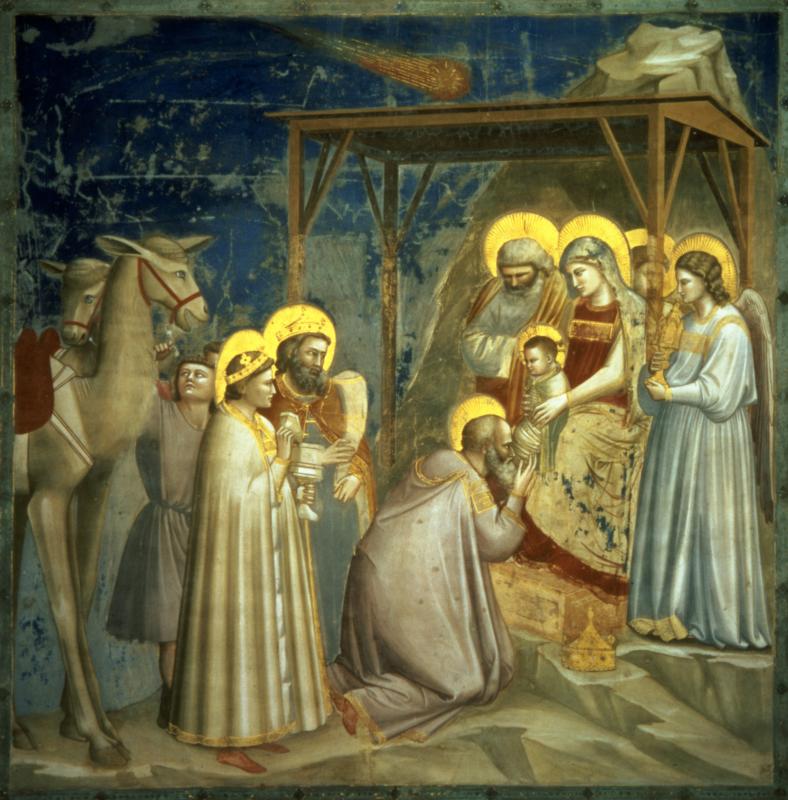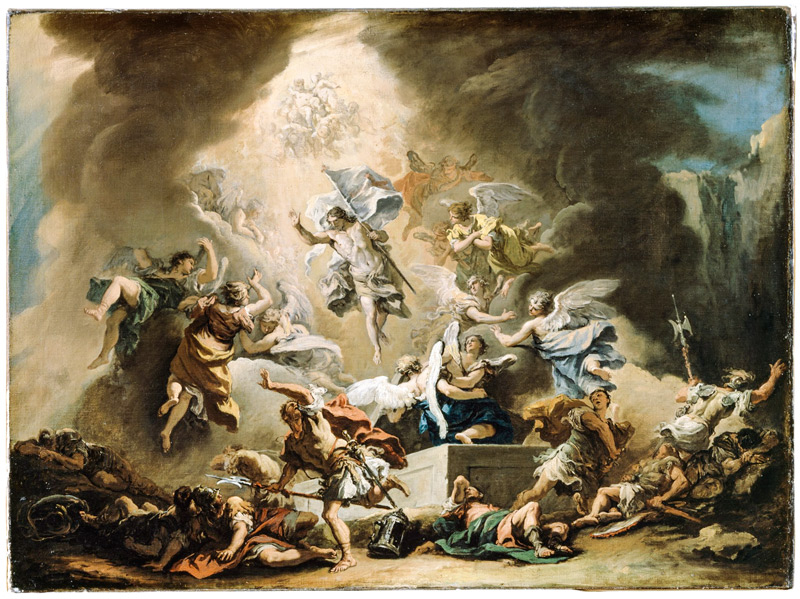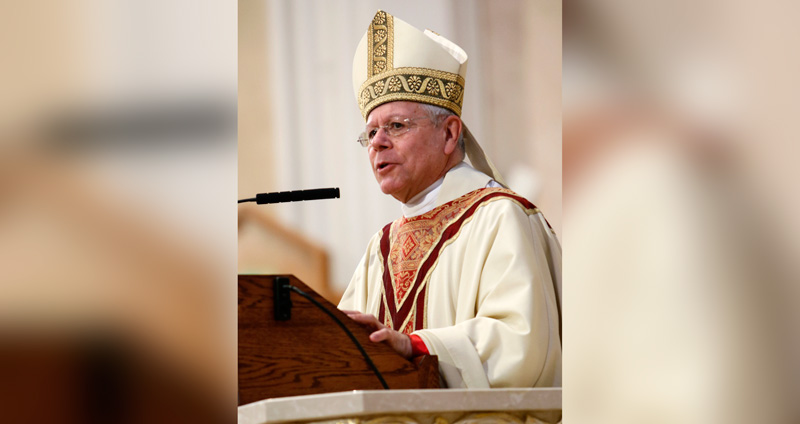
A 40-day period known as the Philip’s Fast, which began Nov. 15, is accompanying the faithful of the Byzantine Catholic Church as they prepare to celebrate the feast of the Nativity.
These periods of preparation teach that in order to feast, we must fast.
Named for the feast of the apostle celebrated the day before, the Philip’s Fast is one of four fasting periods in the Byzantine liturgical year: Great Lent before Pascha (or Easter), the Apostle’s Fast before the feast of Sts. Peter and Paul (June 29) and the Dormition Fast before Our Lady’s Falling Asleep (Aug. 15, called the Assumption in the Latin Catholic Church).
By calming our busy minds and distracted souls through the ascetic discipline of prayer, fasting and almsgiving, we can receive the Savior more readily into our lives.
In the Byzantine Metropolia of the United States, the Philip’s Fast is optional, but all are highly encouraged, in cooperation with their spiritual father, to make an effort and to participate according to their own ability.
Perhaps the Lord’s encounter with Philip can teach us something about the special character of the pre-Nativity period.
In the Gospel of John, Christ calls Philip with the simple words: “Follow me” (Jn 1, 43).
The Lord offers little explanation and simply invites Philip to join him on his journey.
Soon after, Philip speaks about Jesus to Nathanael, who is sitting beneath the fig tree, explaining, “We have found the one about whom Moses wrote in the Law, and also the prophets, Jesus, son of Joseph, from Nazareth” (Jn 1, 45).
Philip understands the incredible novelty of Christ, yet Philip’s excited explanation is met with Nathanael’s cynicism: “Can anything good come from Nazareth?” (Jn 1, 46).
There is a little Philip and a little Nathanael in each of us. As baptized Christians, we have been found by the Lord, and His words, “Follow me,” rest upon all of us.
While liturgy and preaching repeat Philip’s initial excitement, Nathanael’s cynicism often lays its snares on the hearts of well-intentioned Christians.
Yet, as Christ makes his dwelling in Nazareth to dwell among men, so also does he remain with the Church to be with us until the end of the ages.
Hence, something good can come from Nazareth and from the Church — Christ himself, the source of all goodness.
The Philip’s Fast is an opportunity to leave the fig tree of our cynicism and to walk with the Lord, who promises us the heavenly vision, as he did to Nathanael: “Amen, amen, I say to you, you will see the sky opened, and the angels of God ascending and descending on the Son of Man” (Jn 1, 51).
By Father Andrew Summerson / Catholic News Service
CNS/Bridgeman Images: The adoration of the Magi is depicted in a 14th-century painting by Giotto di Bondone. The feast of the Nativity of Christ, a holy day of obligation, is celebrated Dec. 25.



